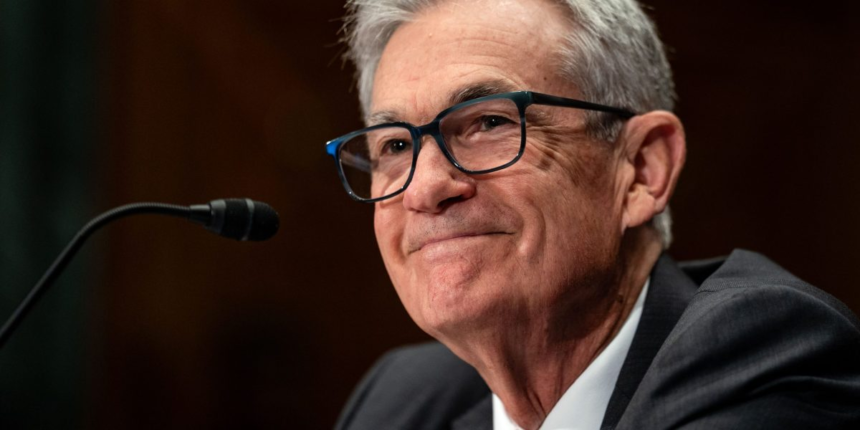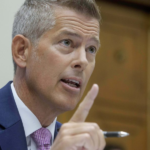Federal Reserve Chairman Jerome Powell signaled in 2019 that he would rather go down with the ship than save his own skin and compromise the independence of the central bank.
As President Donald Trump continues to put pressure on Powell, an earlier standoff between the two men could offer clues on how their current one might play out.
In 2019, like today, Trump demanded the Fed hurry up and cut rates amid a trade war he had launched, raising questions about Powell’s future as Fed chief and whether he would step down.
“Of course I would not do that,” Powell replied.
“I can’t hear you,” Waters said, prompting laughter in the chamber.
“The answer would be ‘no,’” Powell reiterated.
“You think the president doesn’t have the authority. Is that why you would not leave?” Waters asked.
“The law clearly gives me a four-year term, and I fully intend to serve it,” Powell said.
“I will never, ever, ever leave this job voluntarily until my term ends under any circumstances. None whatsoever. You will not see me getting in the lifeboat,” Powell told a reporter that spring. “It doesn’t occur to me in the slightest that there would be any situation in which I would not complete my term other than dying.”
For Powell, who was first appointed Fed chief by Trump, the top priority was to ensure the U.S. economy continued to expand but also to preserve the Fed as an institution, including its independence, according to the book.
Weeks after that House hearing, the Fed lowered rates a quarter point, but Trump kept haranguing and insulting Powell, calling for even more easing.
Given that history, Powell’s tenure became an issue again after Trump was re-elected. In November, Powell was asked whether he would step down if asked by Trump. He replied no, adding later that it’s “not permitted under the law” for the president to fire or demote him or any other Fed governors in leadership positions.
Months later, Trump imposed sweeping tariffs across U.S. trading parters, raising fears of stagflation—weak economic growth coupled with high inflation. While inflation hasn’t spiked yet and growth remains intact, the Fed has held off on lowering rates, drawing the ire of Trump.
Historically, the board chair has also been FOMC chair, but the law allows the FOMC to determine its own internal organization. So it’s possible one person could serve as Fed board chair, and a different person could serve as FOMC chair.









